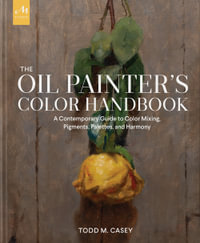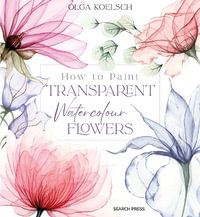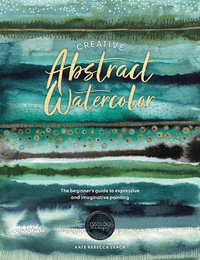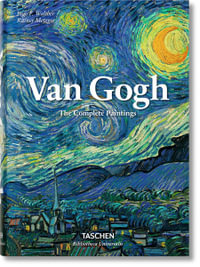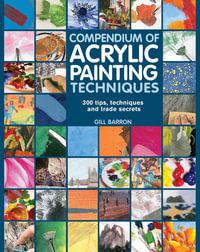Examining innovations in Mary Magdalene imagery in northern art 1430 to 1550, Penny Jolly explores how the saint's widespread popularity drew upon her ability to embody oppositions and embrace a range of paradoxical roles: sinner-prostitute and saint, erotic seductress and holy prophet. Analyzing paintings by Rogier van der Weyden, Quentin Massys, and others, Jolly investigates artists' and audiences' responses to increasing religious tensions, expanding art markets, and changing roles for women. Using cultural ideas concerning the gendered and pregnant body, Jolly reveals how dress confirms the Magdalene's multivalent nature. In some paintings, her gown's opening laces betray her wantonness yet simultaneously mark her as Christ's spiritually pregnant Bride; elsewhere 'undress' reconfirms her erotic nature while paradoxically marking her penitence; in still other works, exotic finery expresses her sanctity while celebrating Antwerp's textile industry. New image types arise, as when the saint appears as a lovesick musician playing a lute or as a melancholic contemplative, longing for Christ. Some depictions emphasize her intercessory role through innovative pictorial strategies that invite performative viewing or relate her to the mythological Pandora and Italian Renaissance Neoplatonism. Throughout, the Magdalene's ambiguities destabilize readings of her imagery while engaging audiences across a broad social and religious spectrum.
Industry Reviews
'This enlightening, thought-provoking study by Jolly (Skidmore College) focuses on depictions of Mary Magdalene in Northern Renaissance art ... The contributions of this book will have significant implications in many fields ... Highly recommended. Lower-division undergraduates through researchers/faculty.' Choice 'Penny Howell Jolly brilliantly expands on recent research on the history of dress, performance, and sexuality, to explore how ideas associated with the female body of Mary Magdalen, such as its permeability and instability, were expressed visually through a series of symbolic signs and acts that offer her process of transformation from sinner to saint as a model that could be emulated by ordinary Christians. With a sharp eye and a thorough understanding of the rich and complex cult of the Magdalen, Jolly analyzes visual imagery to successfully explain the broad appeal of the Magdalen, a prostitute who became a saint.' Diane Wolfthal, Rice University '... a convincing argument that the visual symbolism of Mary Magdalene's spiritual pregnancy is a consistent and evolving feature of Northern Renaissance art. One of Jolly's great strengths throughout this work is her ability to comprehend and explain the complexity of signification within art history, and its capacity to subtly change meaning over time ... Jolly uses a formidable range of resources in the endeavour to support her claims, drawing upon the literature and drama of the Northern Renaissance as well as its art, thereby demonstrating the interconnections between these different mediums in terms of the complex significations of the body of Mary Magdalene.' Journal of the Northern Renaissance 'One of the many strengths of this publication is that Jolly focuses on roles for the Magdalene yet to be explored. Her novel approach offers a deeper understanding of Magdalene images ...' Historians of Netherlandish Art Review of Books 'This book makes a serious art historical contribution to theological and gender questions around northern religious painting...' Sixteenth Century Journal




